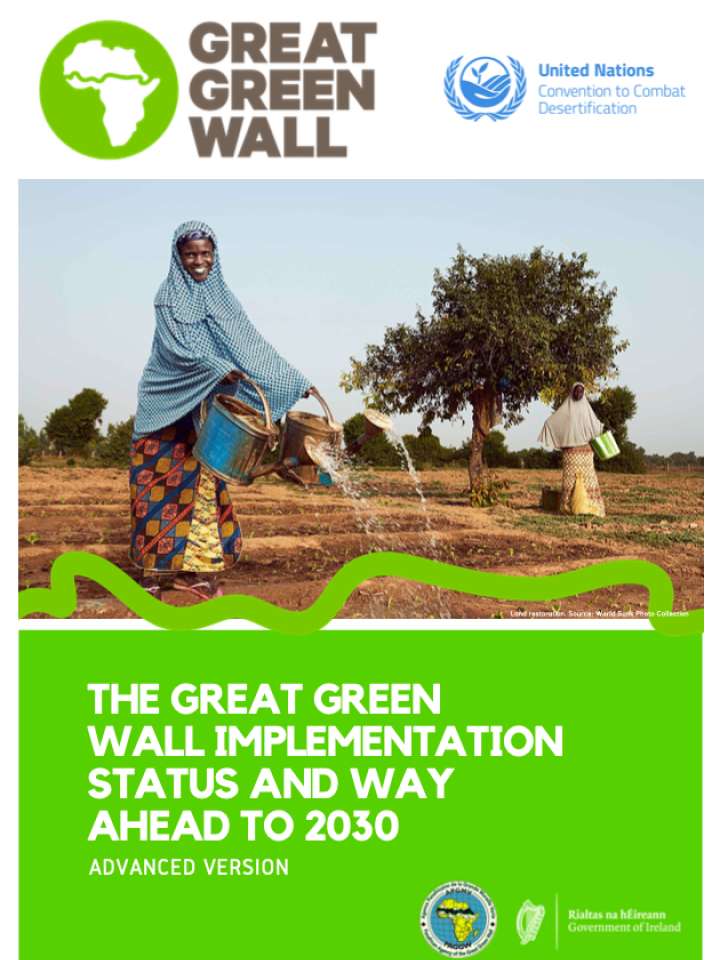The Great Green Wall implementation status and the way ahead to 2030
The objective of this report is to provide an overview of the status and implementation progress of the Great Green Wall (GGW), accounting for land restoration progress made on the ground as well as for financial resources allocated to the Initiative.
- This stocktaking exercise captures the implementation status of the GGW in the eleven founding states: Senegal, Mauritania, Mali, Burkina Faso, Niger, Nigeria, Chad, Sudan, Eritrea, Ethiopia and Djibouti.
- The focus is on these eleven countries mainly due to data availability, since as Pan African Agency founding states, they started implementing activities several years ago and have already undergone a first evaluation by PA-GGW.
- Therefore, the geographical scope of this report focuses on the Sahel zone, which extends through northern Senegal, southern Mauritania, the central areas of Mali and Niger, northern Burkina Faso, northern Nigeria, the central strip of Chad and Sudan, virtually all Eritrea and northern Ethiopia to delineate and trace the impacts already achieved on the ground.
As of 2020, the GGW Initiative is well into its second decade and is receiving growing international attention in the context of a new international focus on and commitments for land restoration.
The GGW has evolved into an African-led pioneer initiative, which receives strong support from the international community as a flagship programme to combat land degradation, desertification, drought, climate change, biodiversity loss, poverty and food insecurity. In light of this heightened interest, time is now ripe for a stocktaking effort to assess what exactly has been achieved since the inception of the Initiative, where current member states stand in terms of implementation and which difficulties they experience. Some countries have achieved great progress in land restoration and the lessons learned here should be made available to others.
Explore further
